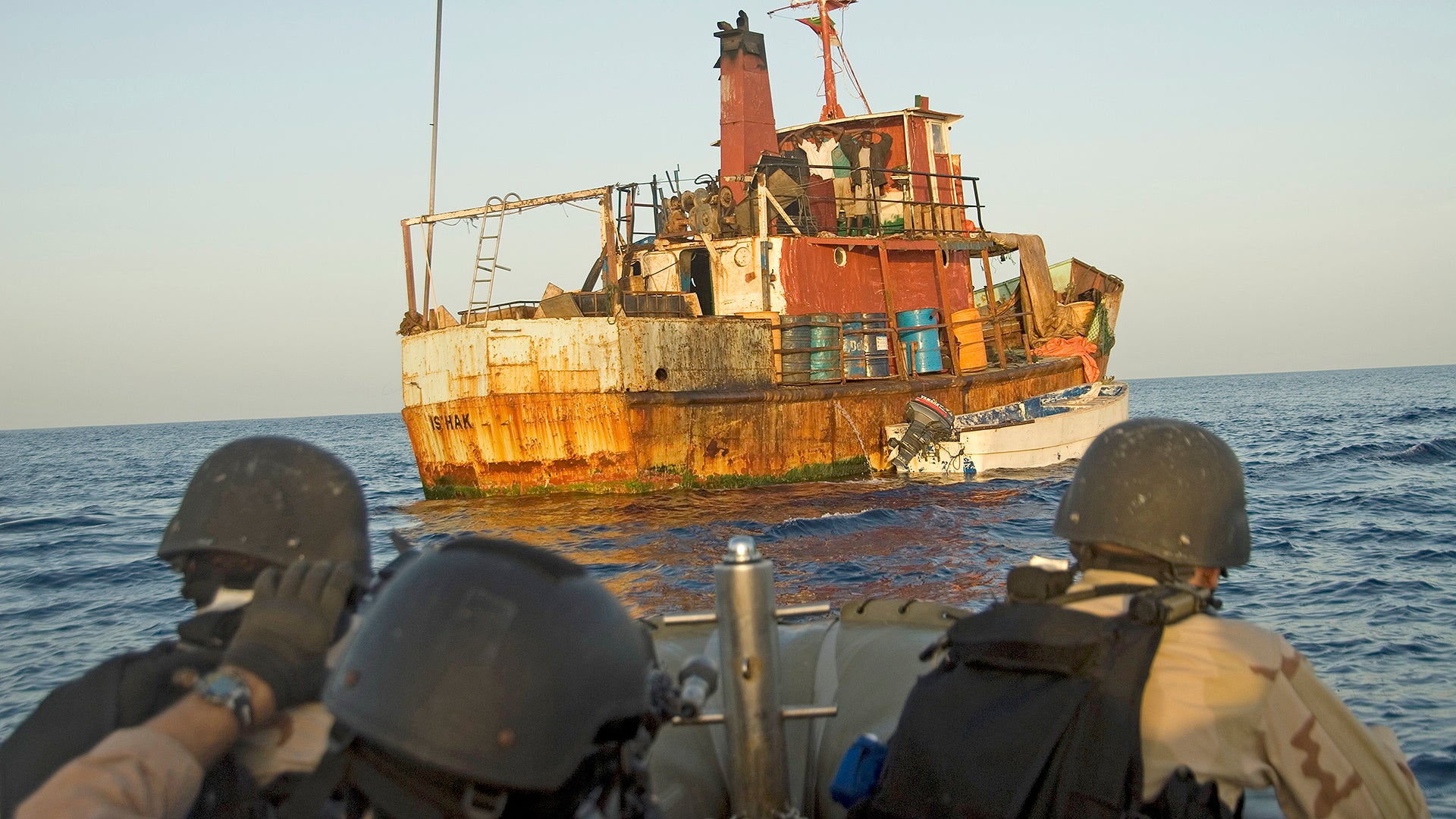An obscure U.S. Navy unit produced hundreds of “high value” intelligence assessments in 2015. What those reviews covered remains a secret, but the unit was definitely actively hunting terrorists and smugglers around the world.
In 2007, the service stood up the Navy Expeditionary Intelligence Command (NEIC) as the service’s only operational intelligence command. Since then, it has supplied human and other intelligence directly to combat commanders across all six of the Pentagon’s geographic commands.
“NEIC is a ‘game-changing’ capability that has been employed across the full spectrum of Navy and Joint operations,” Navy Commander Benjamin Snell, then head of the command, wrote in his annual assessment for 2015. “NEIC capabilities are also suitable or have been successfully used in many other missions/operations, to include, phase-zero, theater security cooperation, humanitarian assistance/disaster relief, and non-combatant evacuation operations planning.”
The War Zone obtained a heavily redacted copy of Snell’s 2015 Command Operations Report for the NEIC through the Freedom of Information Act.
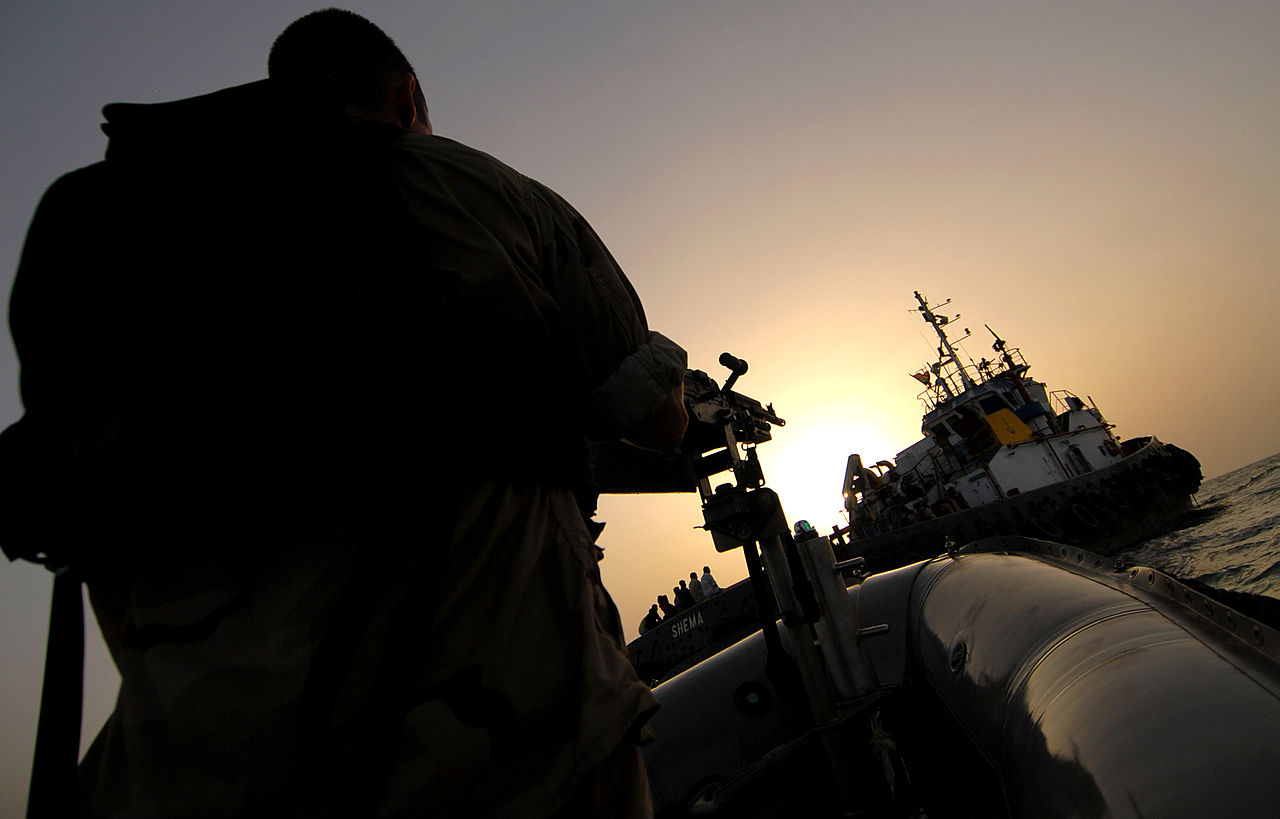
At least in 2015, the unit was relatively small, with less than 150 individuals in total. A U.S. Marine Corps rifle company has more than 180 personnel.
The command’s ability to respond to such diverse situations comes mainly from its nine intelligence exploitation teams (IET). Each one has 11 individuals, including a commanding officer, five human intelligence specialists, two personnel trained in both electronic warfare and information operations, and three intelligence analysts. NEIC also oversaw two more teams from the U.S. Navy Reserve.
In his annual review, Snell described each IET as “non-traditional sensors” – in short, an intelligence-gathering tool akin to a spy satellite or a reconnaissance plane. But his sailors could get into places those systems couldn’t reach, working hand-in-hand with other Navy units and other services’ forces out in the field. Among their other core skills, each team was trained to ride out with naval boarding teams to help inspect suspicious ships and question the crew.
“This flexible and adaptable capability bridges the critical information seam between the sea and land,” Snell wrote.
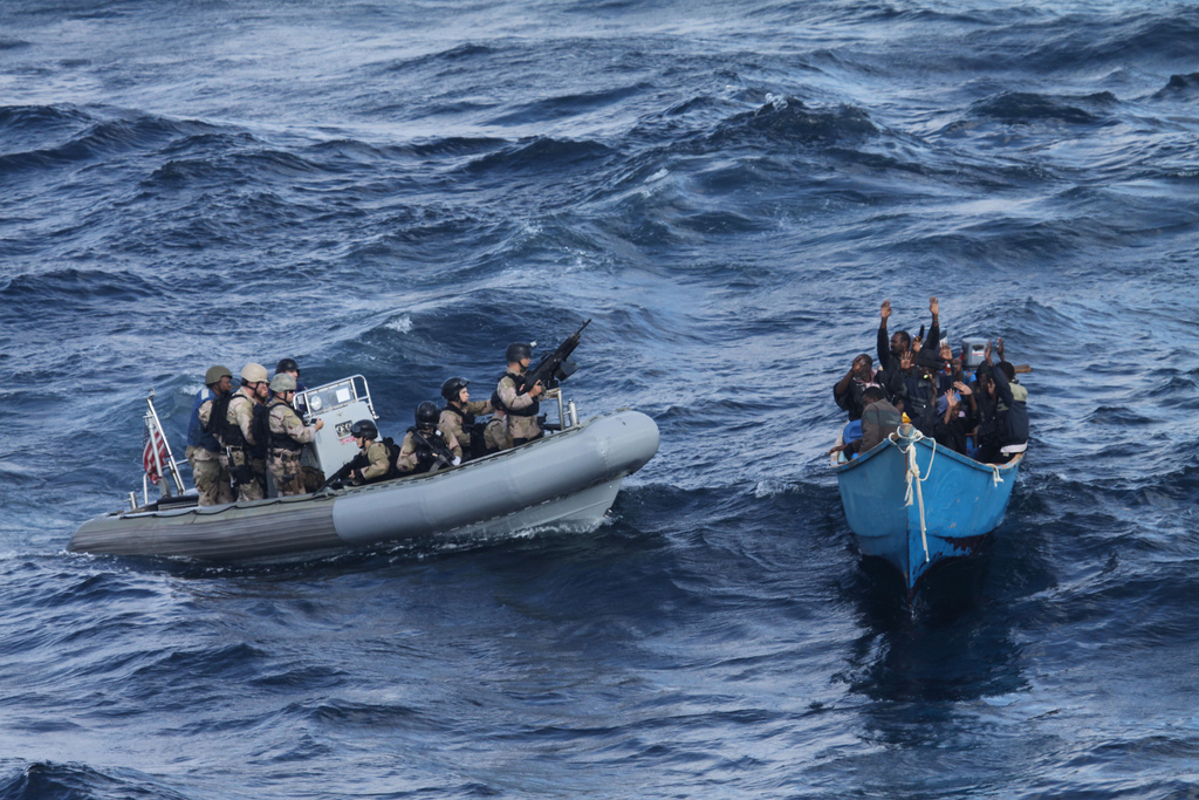
During his tenure, NEIC received a Department of Defense Human Intelligence Collection Team (Overt) award from the Defense Intelligence Agency for supporting efforts in 2014. In 2015, the 11 active and reserve teams produced hundreds of intelligence information reports (IIR), according to the annual report. Analysts later evaluated nearly 1,000 of them as “high value.” Two more contained details of “major significance.”
IIRs come from sources that may turn out to be unreliable or that might be spreading deliberate misinformation. So, intelligence personnel do not consider them useful without this additional analysis.
We do not know what were in these reports. The Navy is understandably tight-lipped about the information and its sources and methods. When releasing the annual history, censors removed all descriptions of NEIC’s findings for the year, citing national security concerns.
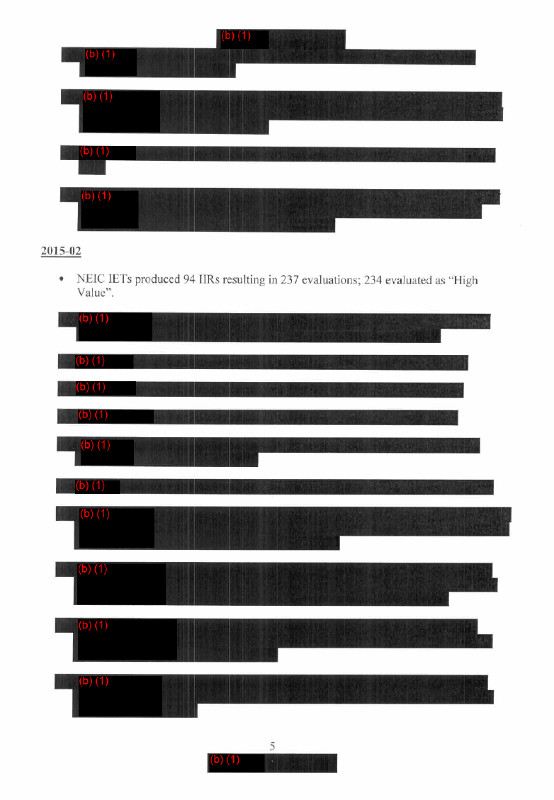
The “teams supply expeditionary warfighters with timely relevant intelligence to deny the enemy sanctuary, freedom of movement and use of waterborne lines of communication while supported forces find, fix and destroy the enemy and enemy assets within the operational environment,” the command’s sparse official website says.
In 2015, the United States was actively engaged in a variety of missions that could have benefited from their specialized skills. As of February 2015, the U.S. Special Operations Command alone was conducting at least 14 named operations, primarily in hotspots around Africa.
As the year went on, the Pentagon stepped up its campaign against Islamic State in Iraq and Syria, continued to work with Afghanistan’s military holding the line against the Taliban, and aided the Saudi Arabian-led intervention in Yemen. In addition, there was always the long-standing American military mission on the Korean Peninsula, routine patrols in the Gulf of Aden and the South China Sea, and the Navy’s support for the on-going War on Drugs.
The intelligence reports could have covered any number of topics. American commanders planning their own operations would have an interest in knowing as much as possible about potential terrorist attacks, significant changes in militant groups and their objectives, new details about arms or drug smuggling, and other significant information about their surroundings and the overall situation.
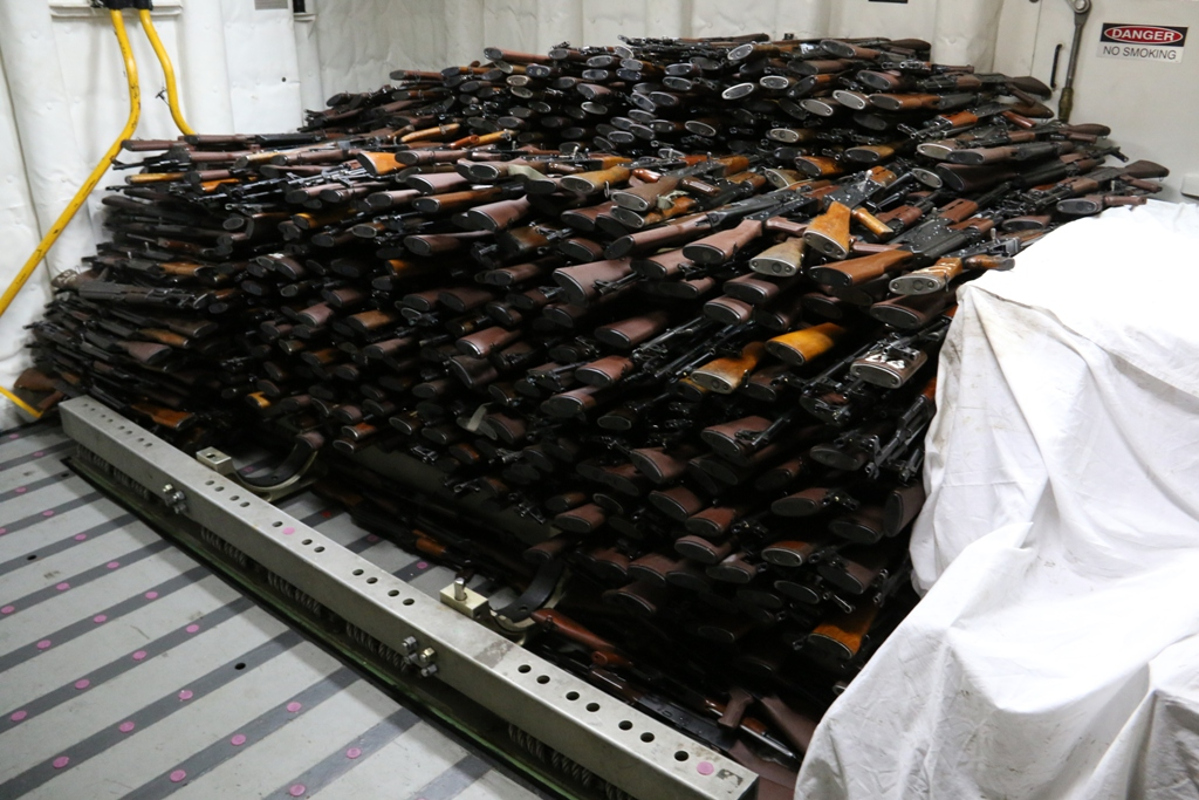
However, in October 2016, the NEIC received a Meritorious Unit Citation for activities stretching from April 2013 to October 2015, which noted that the teams had targeted specific terrorists and uncovered illicit cargoes. The command succeeded in “disrupting terrorist and insurgent networks, seizing narcotics and weapons linked to terrorist organizations, apprehending high-value individuals, discovering unidentified systems aboard adversary platforms, and deterring adversary intelligence threats,” the award explained.
And since the teams were trained to help out during natural disasters or other crises, they could have also deployed as part of various American response forces. In April and May 2015, U.S. troops rushed to Nepal after a devastating earthquake rocked the small Himalayan country, killing thousands and forcing millions more from their homes. However, if the IETs had taken part in humanitarian missions, one imagines at least some of those details would have been unclassified.
Whatever they were doing, it seems reasonable to assume the teams were busy. Demand for their services probably hasn’t decreased since 2015, either. Navy Commander Danielle Lukich took over from Snell as head of the unit in June 2016.
“I truly am amazed with the global reach of NEIC,” she said at the change of command ceremony.
Contact the author: joe@thedrive.com
